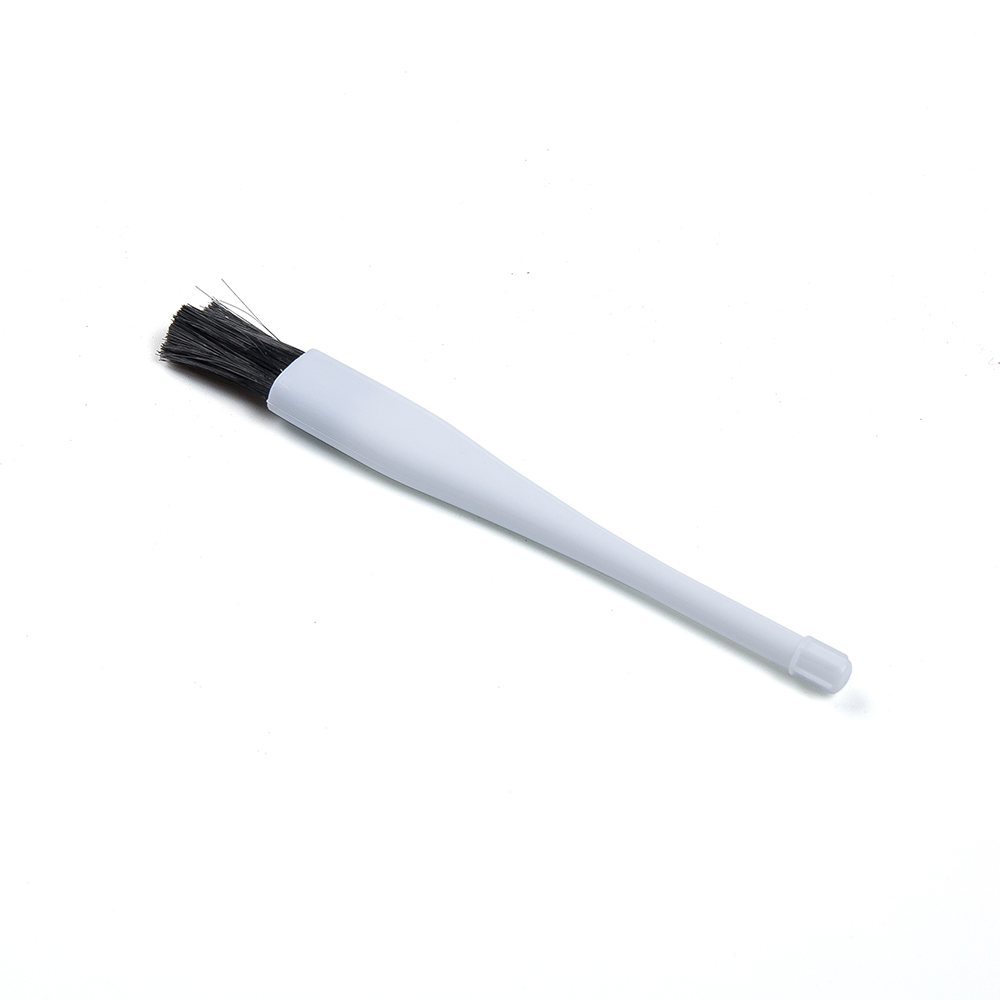The flexibility and adaptability of test weight accessories can be significantly improved through modular design. This design approach not only meets the needs of different application scenarios, but also reduces production costs, simplifies maintenance processes, and improves user experience.
The following discusses in detail how to optimize the performance and applicability of test weight accessories through modular design from multiple aspects:
1. The core concept of modular design
Modular design refers to the decomposition of a complex system into multiple independent but compatible functional modules, each of which can be designed, produced and replaced separately. In test weight accessories, modular design can be reflected as follows:
Functional modularity: Divide accessories into basic modules (such as connectors), extension modules (such as suspension devices) and auxiliary modules (such as protective covers).
Material modularity: Select different materials (such as stainless steel, aluminum alloy or plastic) according to different usage scenarios, and apply these materials to specific modules.
Dimension modularity: Design standardized interfaces and dimensions so that accessories can adapt to test weights of different weights and shapes.
2. Ways to increase flexibility
Modular design can increase the flexibility of test weight accessories in the following ways:
Multi-purpose adaptation
With modular design, accessories can be quickly adapted to different types of test weights (such as cylindrical, square or hook-type weights). For example, a replaceable hook module can be designed to be used for both hanging weights and stacking weights.
Scalability
Users can add or remove modules as needed. For example, add a non-slip mat module to adapt to rough surfaces, or add an extension rod module to increase the operating distance.
Cross-platform compatibility
Modular design ensures that accessories are compatible with a variety of devices, such as balances, industrial scales or automated inspection systems, thereby reducing the need for users to have different accessories.
3. Specific measures to improve adaptability
Modular design can also enhance the adaptability of test weight accessories, especially in diverse usage scenarios:
Coping with extreme environments
For high temperature, low temperature or high humidity environments, special modules (such as corrosion-resistant coating modules or thermal insulation modules) can be designed and flexibly replaced according to actual needs.
Meeting industry needs
Different industries have different requirements for test weight accessories. For example, a sterile design may be required in the pharmaceutical industry, while durability may be more important in an industrial environment. Modular design allows for the customization of specialized modules for specific industries without redesigning the entire accessory.
Portability optimization
Modular design can split large accessories into small modules for easy transportation and storage. For example, design a foldable handle module or a detachable protective shell module.
4. Key points of technical implementation
To achieve modular design, the following technical key points need to be noted:
Standardized interface
Ensure that the interfaces between modules (such as threads, snaps or magnetic connections) are highly consistent for quick assembly and disassembly. For example, use a unified thread specification or quick-release structure.
Precision manufacturing process
Modular design requires very high manufacturing precision for each module to ensure that the overall performance after assembly is not affected. For example, use CNC machining or 3D printing technology to produce modules with complex shapes.
Lightweight design
Try to reduce the weight of the module while ensuring strength. For example, use a hollow structure or high-strength lightweight materials (such as titanium alloy or engineering plastics).
Intelligent integration
Introducing intelligent technology into modular design, such as embedding sensors or RFID chips in modules to achieve automatic identification, data recording or real-time monitoring functions.
5. Advantages of modular design
The main advantages of modular design include:
Reducing costs: By standardizing production modules, reducing customization requirements, thereby reducing production costs.
Increasing efficiency: Users can quickly replace or upgrade modules as needed without having to purchase new accessories.
Enhancing reliability: Modular design makes it easier to repair and replace a single module without affecting the operation of the entire system.
Extending service life: By replacing vulnerable modules (such as protective covers or connectors), the overall service life of accessories can be extended.
Through modular design, the accessories of test weights can be significantly improved in flexibility and adaptability. This design approach not only meets diverse needs, but also reduces production costs and maintenance difficulties, providing users with more efficient and reliable solutions.

 English
English















